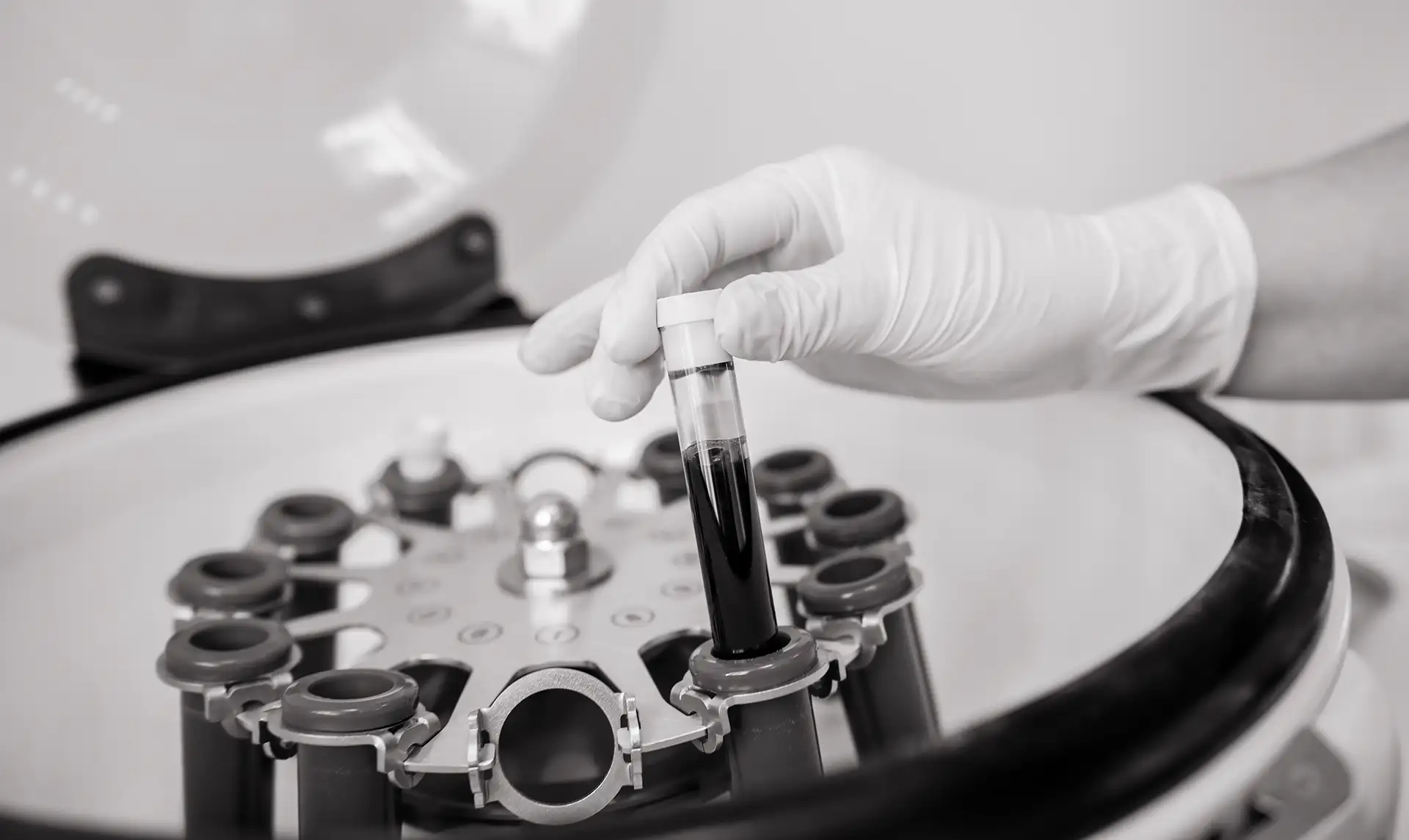ACL (anterior cruciate ligament) injuries are a very common cause of disability for athletes of all ages. Despite the tremendous amount of research that has been performed on the diagnosis and treatment of ACL tears, and the significantly improved outcomes after surgery, patients continue to be at greater risk of developing arthritis at a younger age. Therefore, in recent years focus has turned to the cause and prevention of ACL injuries. Most ACL tears are the result of a “non-contact” event, meaning that they happened without an outside force (ie. another player) hitting the knee. That fact leads us to believe that most ACL tears are preventable.
This research has identified two categories of risk factors: Modifiable and Non- modifiable. Non-modifiable risk factors are ones that cannot be changed. They include anatomical characteristics and hormonal levels. The modifiable risk factors are the focus of injury prevention programs. They include factors such as neuromuscular patterns, fatigue and environmental factors.
Programs have been developed to modify factors such as quadriceps dominance, improper landing patterns, and fatigue of stabilizing musculature. These programs have been successful in lowering the incidence of ACL injuries.
Did you know that female athletes are five times more likely to tear their ACL than their male counterparts? For this reason, these prevention programs are even more important in the female athlete.
All athletes that participate in sports with a high risk of ACL injury should be evaluated for ACL risk. There are many programs out there directed by physical therapists or sports trainers. I would be happy to evaluate you and recommend a program for you.





